Stocking male and female fish at a ratio of 1:1 can be suitably increased to 1:4
Production of farmed channel catfish (Ictalurus punctatus) in the United States relies almost entirely upon broodstock spawning naturally in ponds supplied with spawning containers. Female spawning success ranges 20 to 80 percent, depending on the animals, their management, and environmental conditions. Maintenance of nonreproductive broodfish utilizes resources that could be invested elsewhere to improve production.
The unpredictable and wide variation in reproductive performance is a limiting factor in fingerling production. In addition, the inability to distinguish spawning from nonspawning broodfish has hindered selection for reproductive success in genetic-improvement programs for channel catfish.
Bigger not better
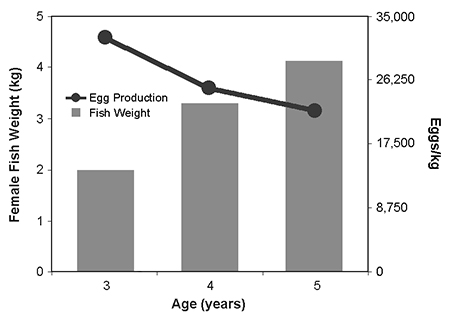
Egg size is significantly related to the weight and age of female fish (Fig. 1). Bigger broodfish produce bigger and fewer eggs than smaller fish, which reduces hatchery efficiency. However, survival of eggs to fry is more dependent on hatchery management than egg size. It is more economical for a farmer to have smaller broodfish that produce smaller eggs, so more eggs can be incubated in a given volume of hatchery water.
Standard regime
Over 900 metric tons of genetically improved channel catfish have been released to the catfish industry. Since no diet or feeding regime is currently available to maintain this superior genotype, they are typically fed commercial floating feed three times a week to satiation, which results in a 50 to 100 percent increase in broodfish weight. As explained above, however, weight gain is not always a primary goal.
Broodfish study
The goals of recent research were to minimize growth without affecting the reproductive performance of channel catfish broodfish, and identify spawning and nonspawning channel catfish. The project was part of ongoing genetic-improvement program to enhance commercial traits in channel catfish by mass selection.
Research protocol
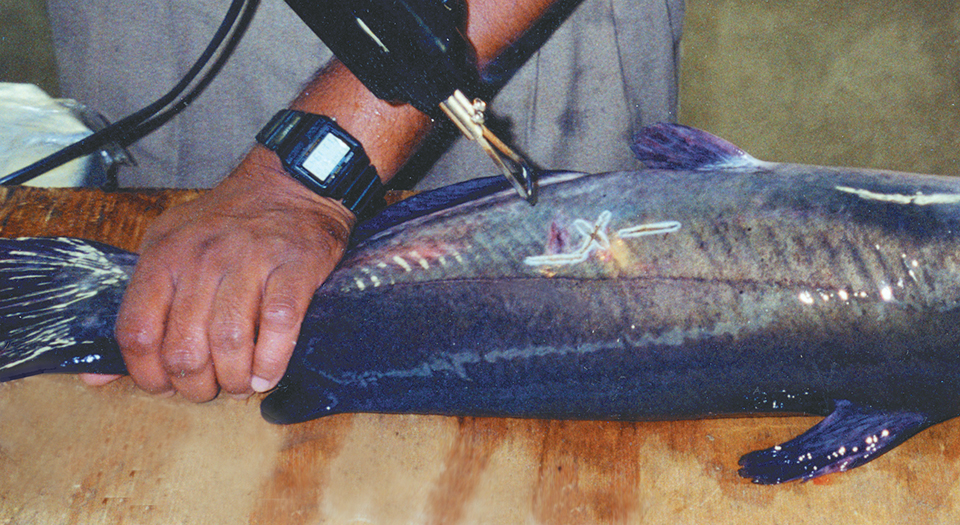
Broodfish achieve a major portion of their growth during the postspawning phase of their life cycle. In the tests, 3-year-old broodfish that spawned in spring were subjected to postspawning feeding one, three, and five times a week to satiation with 36 percent-protein commercial catfish feed. All treatments were handled equally during the prespawning and spawning phases of the study.
Eight 0.04-ha earthen ponds were randomly allocated to each treatment. Each of the 24 ponds was stocked with 15 females and 10 males. Individual fish were heat-branded for identification (Fig. 2). All fish were individually weighed and measured at prespawning, spawning, and postspawning to evaluate growth, feed conversion, and condition.
Research results
At the end of the post-spawning feeding phase, average final weights and condition factors were significantly different among treatment groups. The average weight of spawners was less than nonspawners in all three treatment groups prior to postspawning (Table 1). A modest improvement in condition (i.e., weight:length ratio) yielded the best spawning success at the end of the post-spawning feeding regime. Reproductive traits were assessed by subjecting the broodfish to natural spawning.
Chatakondi, Average initial and final weights of spawning and nonspawning, Table 1
| Feeding Treatment | Spawners Initial Weight (kg) | Spawners Final Weight (kg) | Nonspawners Initial Weight (kg) | Nonspawners Final Weight (kg) |
|---|
Feeding Treatment | Spawners Initial Weight (kg) | Spawners Final Weight (kg) | Nonspawners Initial Weight (kg) | Nonspawners Final Weight (kg) |
|---|---|---|---|---|
| 1 time/week | 1.99 | 2.25 | 2.29 | 2.27 |
| 3 times/week | 2.01 | 2.70 | 2.40 | 2.68 |
| 5 times/week | 2.16 | 3.02 | 2.50 | 3.02 |
Sample spawns from each replicated pond were hatched and reared in individual 57 x 30 x 15 cm aluminum troughs. About 15 fry from each spawn were used for genotype analyses with polymorphic microsatellite DNA markers to identify the spawning fish.
Reproductive traits
Among the three treatments, spawning and hatching rates were not significantly different. Broodfish from the once-weekly feeding treatment produced 1.1 million fry per acre, while fish fed three times a week produced 641,722 fry per acre, and those feed five times a week produced 679,350 fry per acre.
Multiple spawning by males was found in 10 of the 15 ponds assayed. Forty-three percent of the males fertilized two to eight spawns over eight weeks. In one pond with once-weekly feeding, all eight spawns collected during the season were sired from one male over a period of six weeks.
Branding
Individual branding of broodfish facilitates the mapping of genetic linkages and marker-assisted selection for improved reproduction. It also contributes to more efficient tracking of individual spawning success, repeated spawning, and individual fecundity.
Conclusion
Feeding channel catfish broodstock once a week to satiation limited fish growth but resulted in optimum condition factor during the post-spawning phase, and maximized reproductive performance, compared to animals fed three and five times a week. Since male channel catfish commonly spawn multiple times, the present practice of stocking male and female fish at a ratio of 1:1 can be suitably increased to 1:4. Stocking more females would result in significant improvements in fry production per acre of broodfish stocked.
(Editor’s Note: This article was originally published in the April 2002 print edition of the Global Aquaculture Advocate.)
Now that you've reached the end of the article ...
… please consider supporting GSA’s mission to advance responsible seafood practices through education, advocacy and third-party assurances. The Advocate aims to document the evolution of responsible seafood practices and share the expansive knowledge of our vast network of contributors.
By becoming a Global Seafood Alliance member, you’re ensuring that all of the pre-competitive work we do through member benefits, resources and events can continue. Individual membership costs just $50 a year.
Not a GSA member? Join us.
Authors
-
-
Roger Yant
Harvest Select Farms
Inverness, Mississippi, USA -
Geoffrey Waldbieser, Ph.D.
USDA Agricultural Research Service
Catfish Genetics Unit
Stoneville, Mississippi, USA -
William Wolters, Ph.D.
USDA Agricultural Research Service
Catfish Genetics Unit
Stoneville, Mississippi, USA
Related Posts
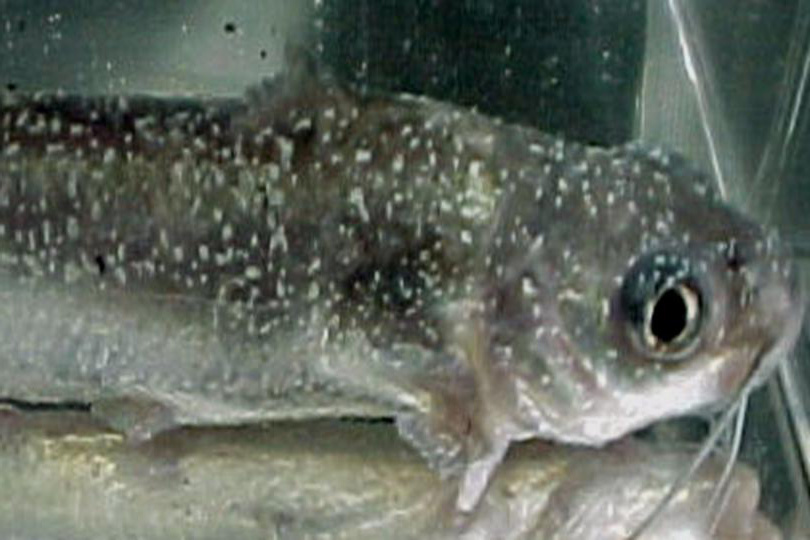
Health & Welfare
Antigens provide immunity against ich in channel catfish trials
Vaccination against the Ich parasite is an alternative to chemical treatment. Fish develop a humoral immune response to trophont antigens, with the degree of protection related to the immunizing doses of trophonts used.
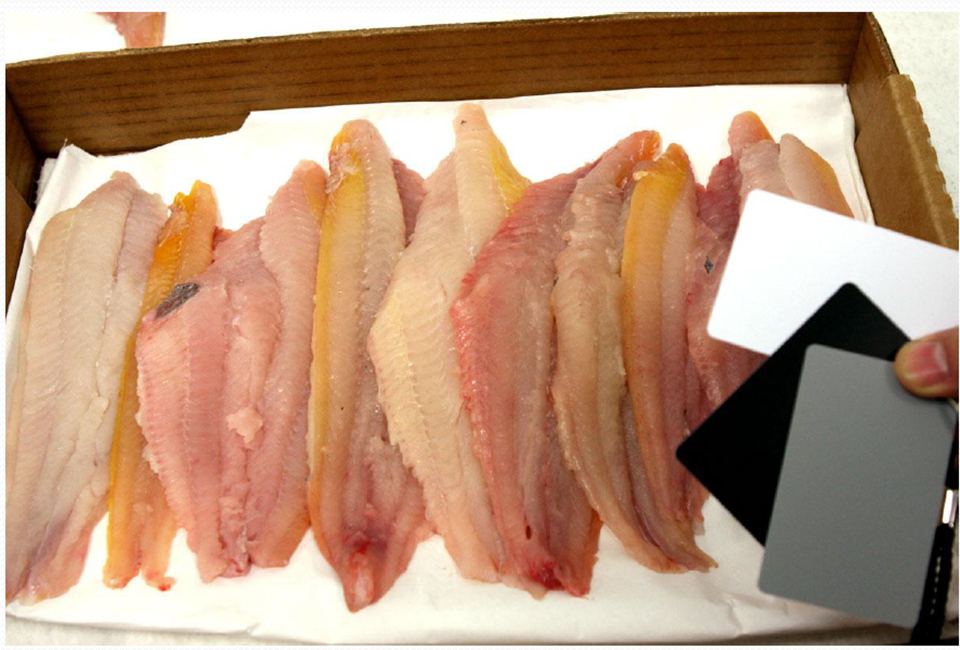
Innovation & Investment
Assessing coloration in channel catfish fillets
Because consumers look at color to gauge quality of catfish fillets, the authors developed a digital photography measurement method to assess yellowness.
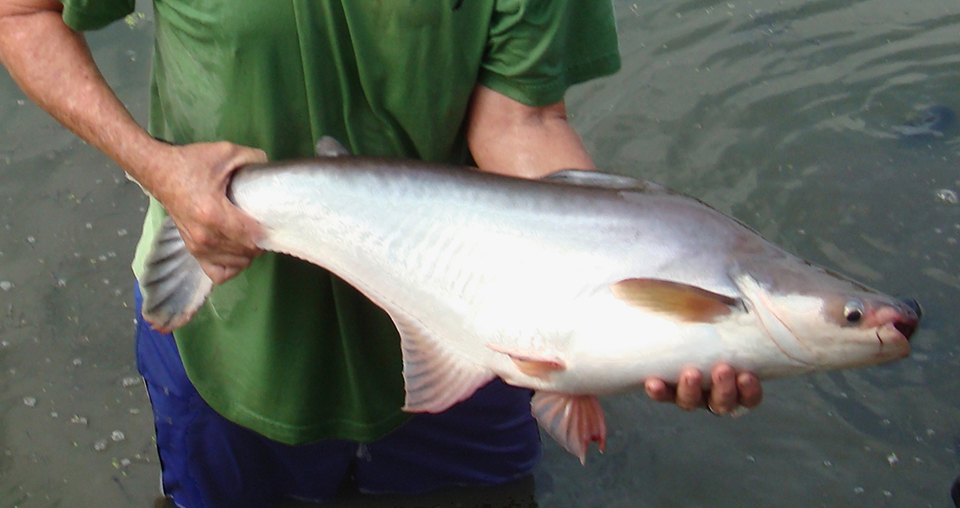
Health & Welfare
Advances in fish hatchery management
Advances in fish hatchery management – particularly in the areas of brood management and induced spawning – have helped establish aquaculture for multiple species.
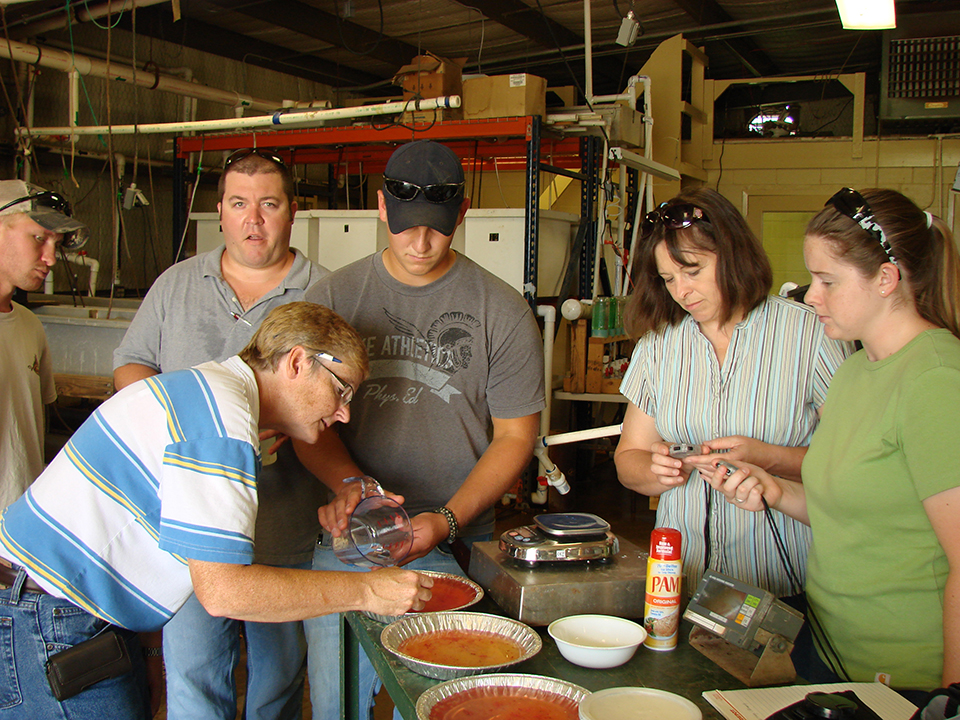
Health & Welfare
Evaluating hybrid catfish egg quality
A significant correlation was established between ovarian fluid pH of stripped eggs and subsequent hatch of hybrid catfish eggs.


